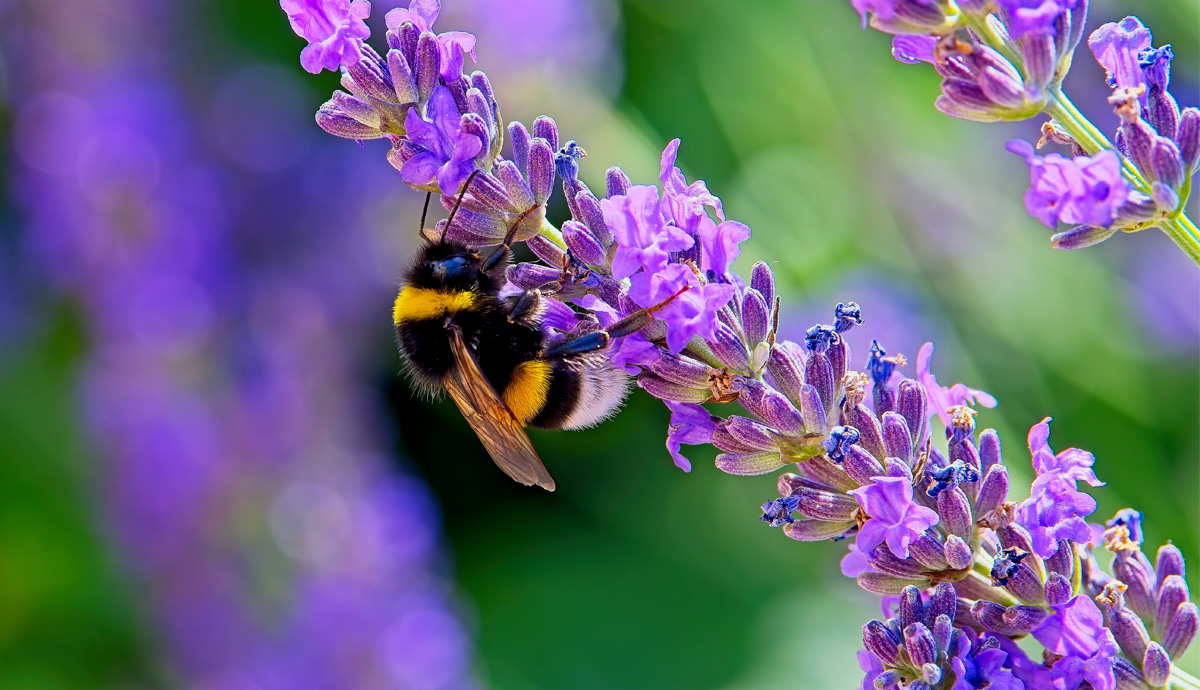How to apply
Applications are processed through University College London.

© P.Tom/ Shutterstock
A one year research-based postgraduate course based at University College London and run in collaboration with the Natural History Museum and the Institute of Zoology.
This is an ideal degree for highly motivated students interested in the breadth of evolutionary, ecological, and conservation science and seeking a programme to provide a foundation in both pure and applied research in biodiversity.
The one-year full-time programme comprises:
After completing the MRes course in Biodiversity, Evolution and Conservation, students will have:
Each course will have required coursework, ranging from practicals to essays and presentations.
Topics focus on cutting-edge quantitative tools in:
The taught portion that comprises the first term of the programme is divided into three courses:
1. Analytical tools in biodiversity and evolutionary research (30 credits)
An intensive methods course which will provide students with practical training in the variety of analytical tools using in pure and applied research in biodiversity, evolution, and conservation
2. Science communication for biologists (15 credits)
3. Computational methods in biodiversity research (15 credits)
Students undertake a field trip to Blakeney Point, Norfolk. Taking place towards the beginning of term one, students are introduced to field techniques and experimental design. Data collected at Blakeney Point will be used for a scientific report and poster assessment.
The two research projects (60 credits each) will be marked based on a written dissertation and poster or oral presentation for each project.
Students will be required to choose projects based at two different institutions (out of the three partner institutions) to ensure that they gain experience in a range of methods and topics.
Projects are in the Department of Genetics, Evolution & Environment
Applications are processed through University College London.
Study mode: Full-time
Duration: One calendar year
Start date: September 2025
Applicants who require a visa:
14 Oct 2024 – 27 Jun 2025
Applicants who do not require a visa:
14 Oct 2024 – 29 Aug 2025
Applications close at 5pm BST
We recommend that you submit your application as soon as possible.
This course normally requires a minimum of an upper second-class UK Bachelor's degree in life sciences, environmental sciences or a related subject area, or an overseas qualification of an equivalent standard.
Applicants with an appropriate professional qualification and relevant work experience may also apply.
Advice on the academic requirements from overseas institutions can be found on UCL's website.
UK: £20,500
Overseas: £39,800
Have a question about this course? Please get in touch.